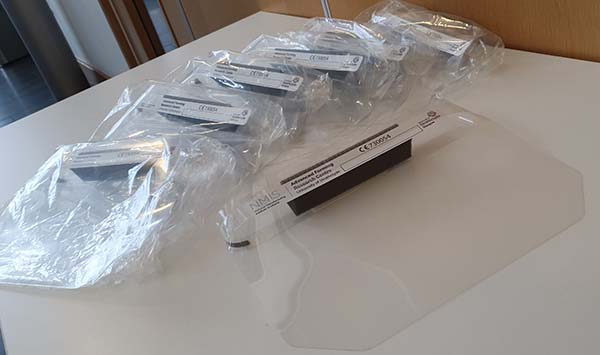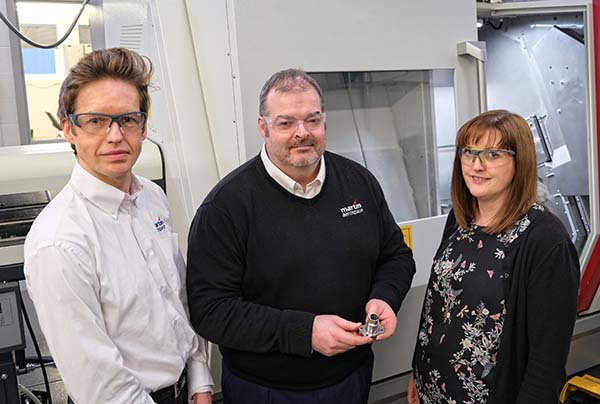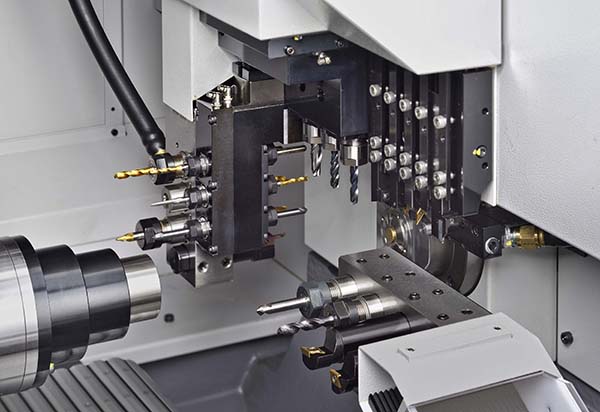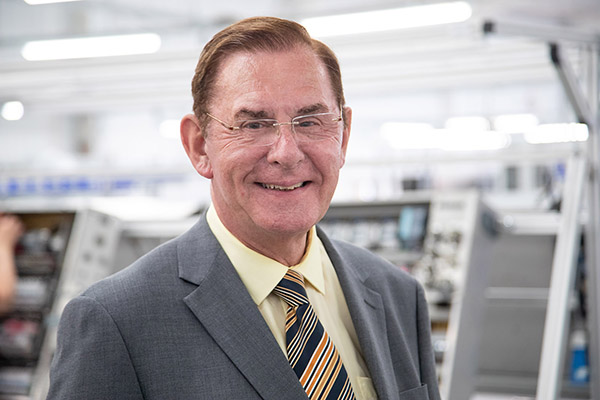Romi C series heavy-duty flat-bed CNC lathes are built with Romi-made mono-block cast-iron beds to enhance rigidity, accuracy and performance.

The C series includes nine models ranging from the C1100H with a 720 mm swing over cross slide and 53 kW main motor, to the C2600H with a 2030 mm swing over cross slide and 115 kW main motor. All key components of Romi machine tools are designed and built in-house for complete control and assurance of manufacturing quality.
The line of heavy-duty CNC lathes from Romi features net weights ranging from approximately 18,000 to 61,000 kg, maximum weight between centres from 15,000 to 50,000 kg, and maximum torque from 12,429 to 44,200 Nm.
Romi’s robust mono-block bed is made of grey cast iron and is said to exhibit extreme rigidity. In addition, the cast-iron headstock (also manufactured by Romi) features a spindle with Timken bearings.
C series heavy-duty CNC lathes are powered by a high torque, continuously variable speed AC motor. The manually driven quill has a built-in live centre with precision bearings.
All models are built to reduce machine vibration and allow fast and accurate machining at full power. C series lathes are suitable for heavy applications in the mining, aerospace, steel mill, and oil and gas industries.
For further information www.romiuk.com























